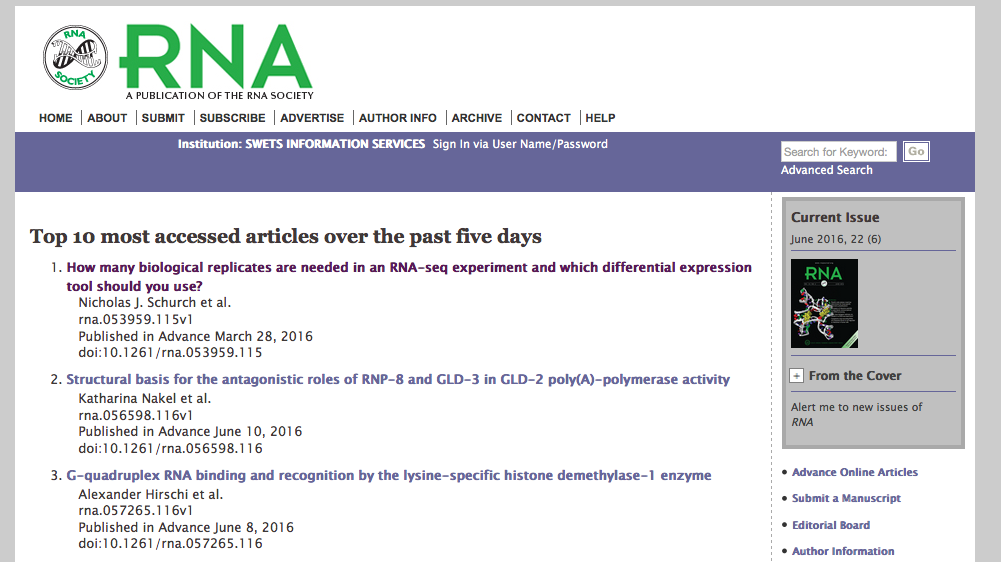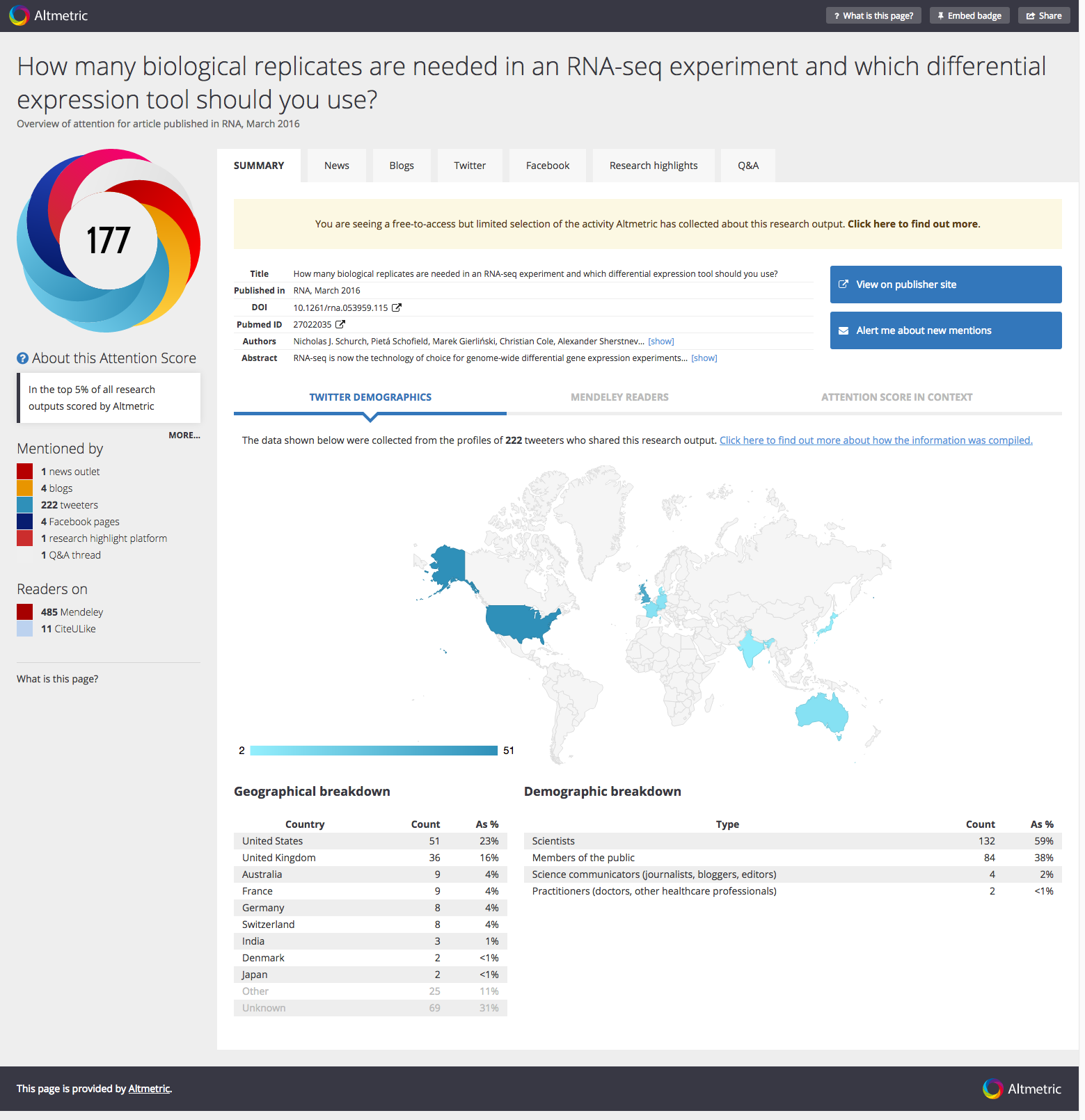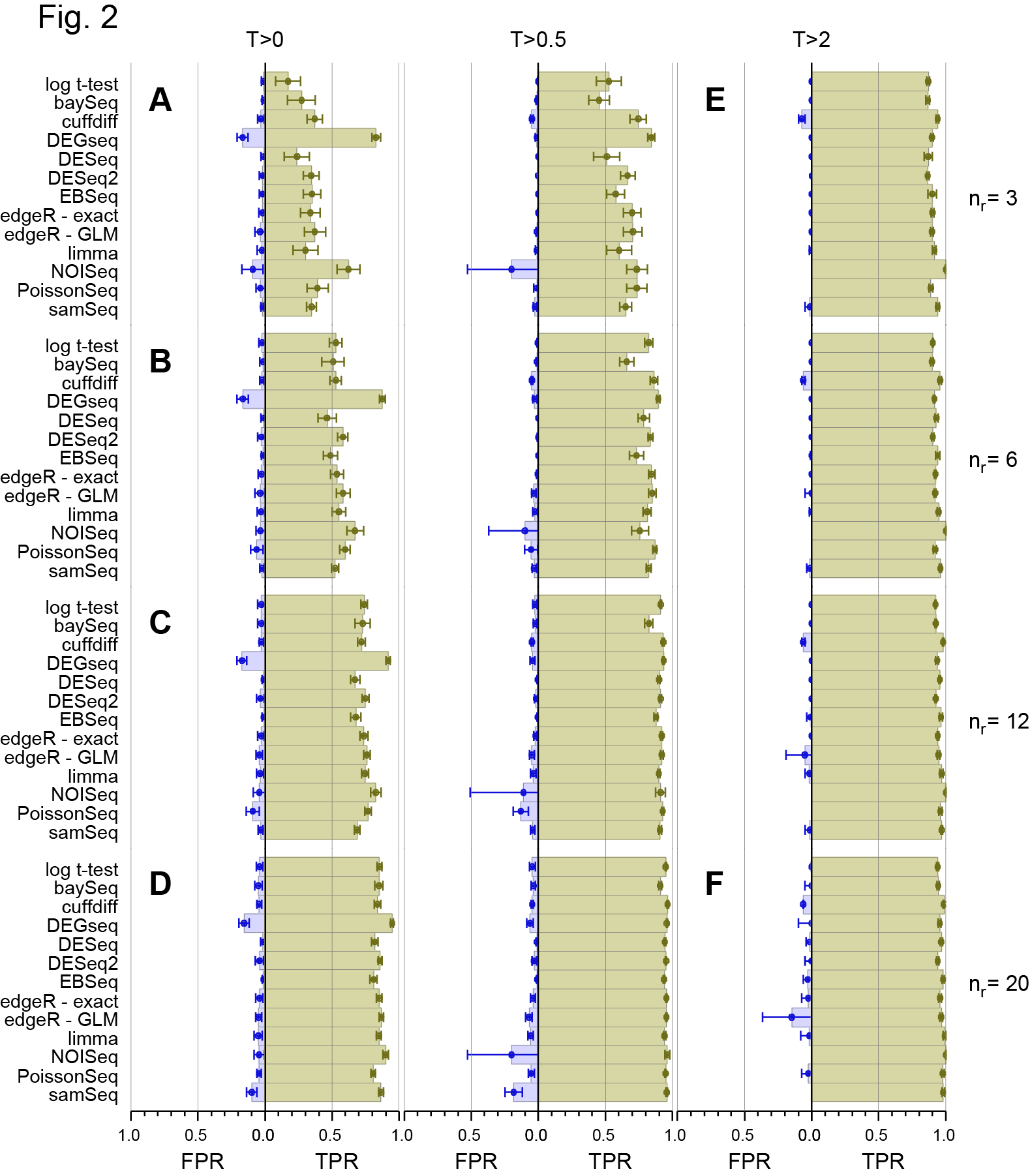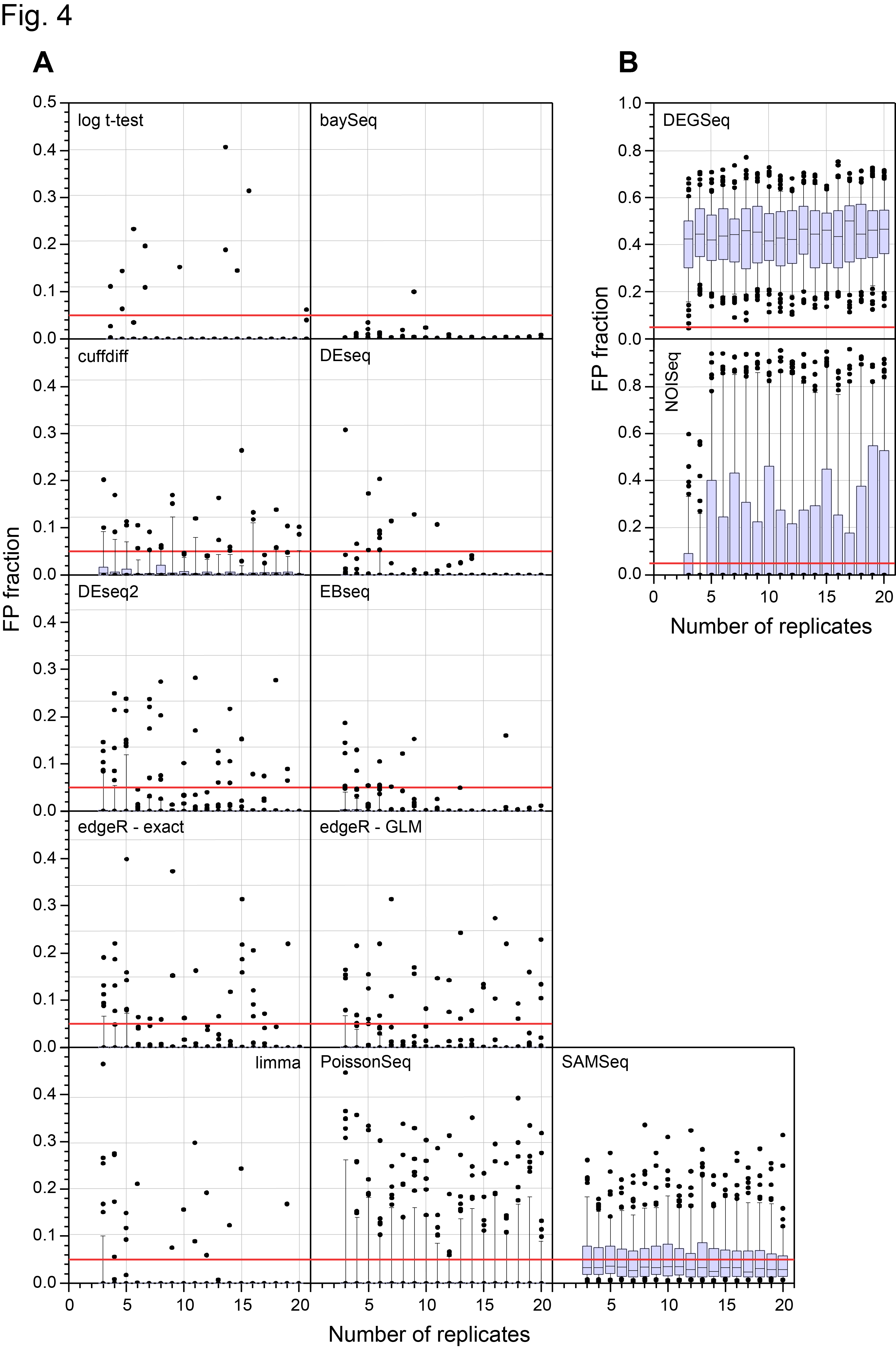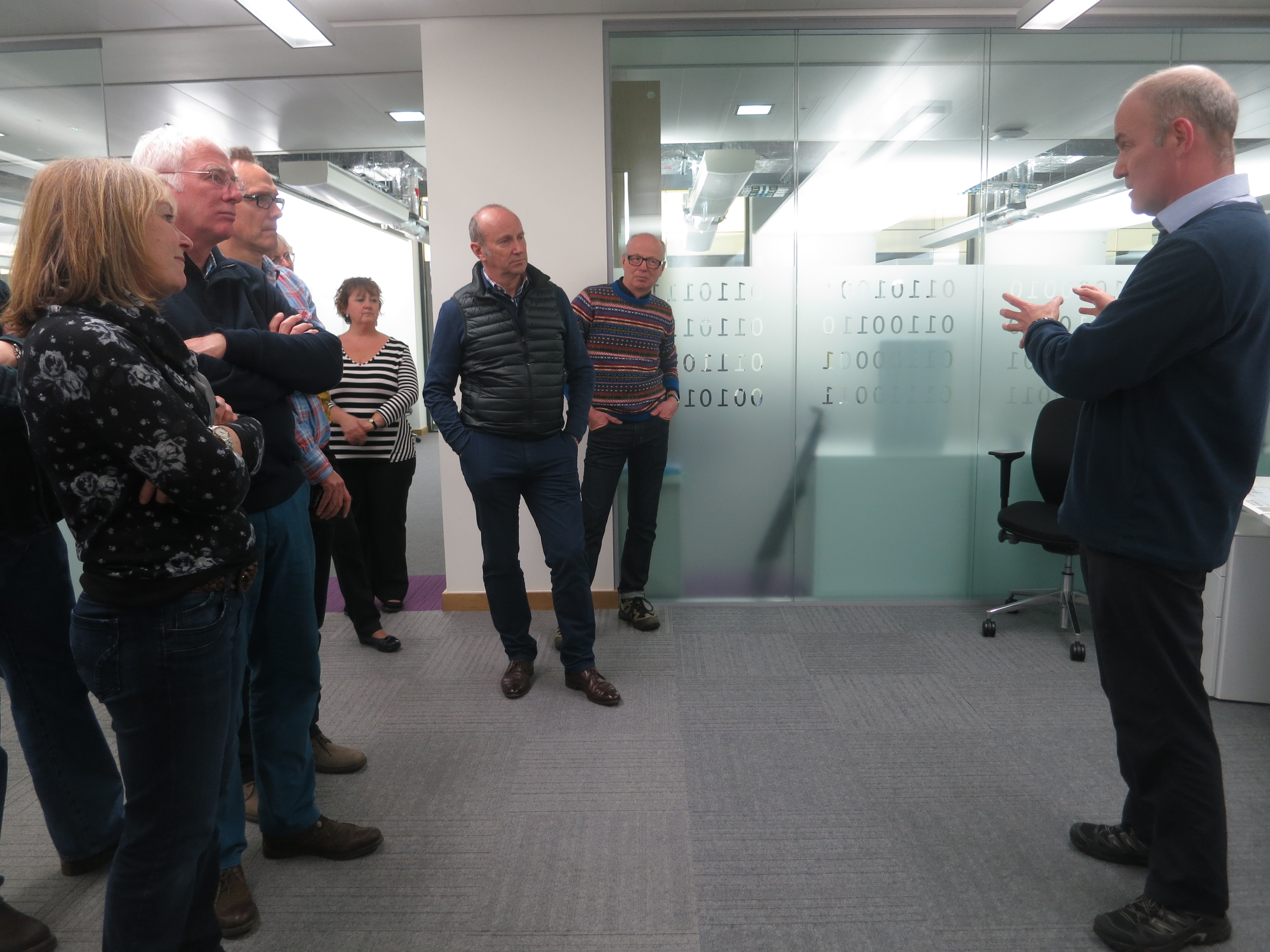Sales and Marketing in Research: About being a “Booth Babe”, Performing Arts and Science
I wrote Part 1 over a year ago! It highlighted one example, where in my (completely unbiased 🙂 ) view, four editors got it wrong. Of course, this is not unique in science, or indeed to science. J.K. Rowling, author of the Harry Potter books and one of the top 10 selling authors of all time, was rejected multiple times by publishers who could not see the appeal of her stories. She has also famously shared rejection letters for her first book written under the pseudonym Robert Galbraith. History is littered with people making decisions which in the light of history seem like obvious oversights.
Back in March 2016 I spent three days with Dr Suzanne Duce, promoting our free research software Jalview (www.jalview.org) and some of our other resources such as JPred (www.compbio.dundee.ac.uk/jpred) at the Microbiology Society Annual Conference in Liverpool. You can see a cute (?) timelapse of the stand here.
This was a bit of experiment to see if we could reach new audiences for our tools. The Wellcome Trust (wellcome.ac.uk) and BBSRC (www.bbsrc.ac.uk ) both fund our projects and gave us some money to do this sort of thing in our last grant renewal. Did it work? Well, yes! We met a lot of people who were not using our tools but probably should be at least trying them, we reconnected with some users of the tools and introduced them to some new features, and we set up some new collaborations. Was it worth me spending three days on a stand? Maybe yes. It was a good experience and I just transplanted my office there for the duration so could get on with other stuff too! Maybe no, but more of that later.
One of my former group members who has been in the USA for a lot of years called what I did in Liverpool as being a “Booth Babe”. This conjures up all kinds of horrible stereotypical and sexist images, but made me think more broadly about what we do in science and how much what we do centres around Sales and Marketing.
Publishing Research and the Importance of Marketing
In the world of musical performance, competition is intense, so success is a combination of:
- Talent
- Marketing (getting noticed and continuing to get noticed)
- Timeliness (having the right sound or stage presence)
- Perseverance (coping with failure and not giving up)
- Being attractive, unusual and/or flamboyant
All can help in promoting your “brand”. There are very many people with the talent to be a top performer, but few gain international success and acclaim. The most successful usually combine 1-5 in varying degrees.
I don’t think the situation is any different in science. We scientists would like to think it is all about the purity of the research, but that is only part of what makes up a successful career. If we take 1-5 above and map them onto a science career:
Talent.
Well, you need to be able to “do” science. What that means is field dependent, but you identify problems interesting to study, design experiments, methods or observation strategies, carry them out, interpret the results, put them in context and so on.
Marketing
It doesn’t matter how smart your research is, if you don’t tell anyone about it, it is invisible to the world. A bit like a musician playing awesome guitar riffs in their bedroom but never performing them to anyone else. In science, you need writing and other communication skills. The biggest way you “sell” science is through the peer-reviewed literature, so publishing your excellent research in journals is key to success. However, where should you publish?
There is a massive preoccupation with publishing “well”. Publishing the results of your research in “high profile” journals. Why is this? On the face of it, it should not matter where you publish if the research is sound, but it certainly does make a difference. In my view, it is all about marketing.
If you publish in a little-known journal then it may take months or years before anyone notices, even if that research is paradigm shifting. At best, the people who should read your research won’t notice it, at worst they will just dismiss it because (a) they have never heard of you and/or (b) think it is not even worth reading due to where it was published. If the journal is behind a paywall, then the chances of your work being noticed are even more remote. If it is open access then at least it is visible to all, but (a) and (b) will likely play a part in it getting ignored.
It is a sad fact that if you publish in “high profile” journals like Nature or Science, then your work will be noticed, even if it is not the best in the field. Most scientists look at these journals, journalists look at these journals, your work will reach a wide audience. You will be more likely to get invitations to speak at conferences, your CV is more likely to get noticed when you apply for jobs and so your career is more likely to take off. Sigh…
Timeliness
It doesn’t matter how exciting you think your research is, if you are just doing some incremental additions to a well understood problem, then even if it is really important, it won’t get a lot of attention. If your work is a long way ahead of its time, then the risk is no one else will understand why it matters! If you are really on top of your work then you will be ahead of the world, that is the point of research, but unfortunately, you will always be the world expert on what you do so explaining the magnitude and importance of your discovery or technical innovation to others can be hard. This is where your marketing and political skills come in. Sadly, however much you try to explain something to your senior or more established colleagues they may still not “get it”!
Perseverence
You need a lot of this to be successful in science. Ideas don’t always pan out, experiments fail relentlessly, bugs creep into code only to reveal themselves late in the publication process (OK, that wasn’t a big bug, but…), good papers don’t get sent to review ( 😉 ), grants get turned down… You have to be able to cope with this all and have confidence in what you are doing to keep trying!
Being Attractive and/or Flamboyant
I’d really hope that how you look is not important to scientific success. However, if you can communicate well and get along with other people then you will be more likely to build up your network of scientific colleagues. The thing is to be confident about what you have done and what you know about and not be afraid to defend your point of view. If you are a naturally gregarious person and have a flamboyant style, it probably helps get attention of peers and beyond. Of course, having a great delivery style has to be backed up by solid science…
The changing face of publication
When I started my scientific career in the 1980s, the only methods to advertise research were through journal publications and presentations or discussions at other institutions and conferences. These remain major and important ways to advertise and disseminate research. Preprint servers such as arXiv and bioRxiv make getting your original research seen early, much easier.
In the early 1990s http came along and so we could advertise and promote research through a web site. Here is a copy of mine from 1996, though it looked much the same in 1993/4 when we first created it.
Today, there are many ways to disseminate research and draw attention to your work. This blog is one, some entries focus on specific research we have done, others like this are more general.
One has to be careful reading blogs, including this one! Some scientists use their blog as a platform to attack other scientists since this is difficult to do in a conventional peer-reviewed publication. I don’t think this is the most productive way to settle differences of opinion. Of course, being controversial in a blog, draws attention to yourself, but personally, I would rather not write something that deeply upset another person, however strongly I felt about the topic. If anyone reads my blog or anything else I have written and are upset, then please let me know, so I can learn why.
Twitter (in my case: @gjbarton and @bartongrp) is great for advertising new work, new job opportunities etc., but relies on building up a follower network. I’m not sure how effective it has been in finding people for me, it is hard to judge, but I know some who have found jobs through twitter ads and exchanges. Direct messaging on twitter is also invaluable as a communication method with fellow scientists.
Facebook can be useful too, we use this to promote Jalview, though since I manage the page, I have to remember to update it! Facebook is an easy platform to use to advertise basic news etc. Of course, there are many other platforms that you can publish on: LinkedIn, ResearchGate, etc., etc., … it is just a question of spending the time keeping them up to date.
Social media, blogs etc may or may not help improve your scientific profile though, which is still built primarily on high-quality research written up clearly in the scientific literature! With the scientific literature, there are now many experiments with different publishing models – open peer review, peer review after publication etc., but change is difficult and slow when the majority of science is still published by conventional journals.
As with musicians, scientists must balance advertising and promotion of what you have already done, with doing the next new thing. I am demonstrating by writing this blog rather than my next grant application that it can be easy to get distracted from the “doing new science” thing…
Finally, was the booth at Liverpool worthwhile?
As I said above, overall yes, some new contacts were made that have led on to new collaborations and also opportunities to teach about Jalview at other institutes. The caveat is that we reached around 200 people at that meeting. In contrast, Dr Suzanne Duce who manned the stand with me, has prepared >20 instructional videos about Jalview as well as other videos about what we do (even some of me giving some lectures… ). These videos have reached 10s of thousands of people world-wide. A conclusion would be that if time is limited, then making videos and using social media/web promotion has to be more efficient and effective than talking to people individually. However, one cannot beat face-to-face meetings for explaining complex concepts. Face-to-face gives the opportunity for questions and discussion, particularly in a small group and so while reaching a smaller audience, it provides a richer way to communicate. Overall, we have to do a bit of everything and adapt as new technologies and opportunities present themselves
